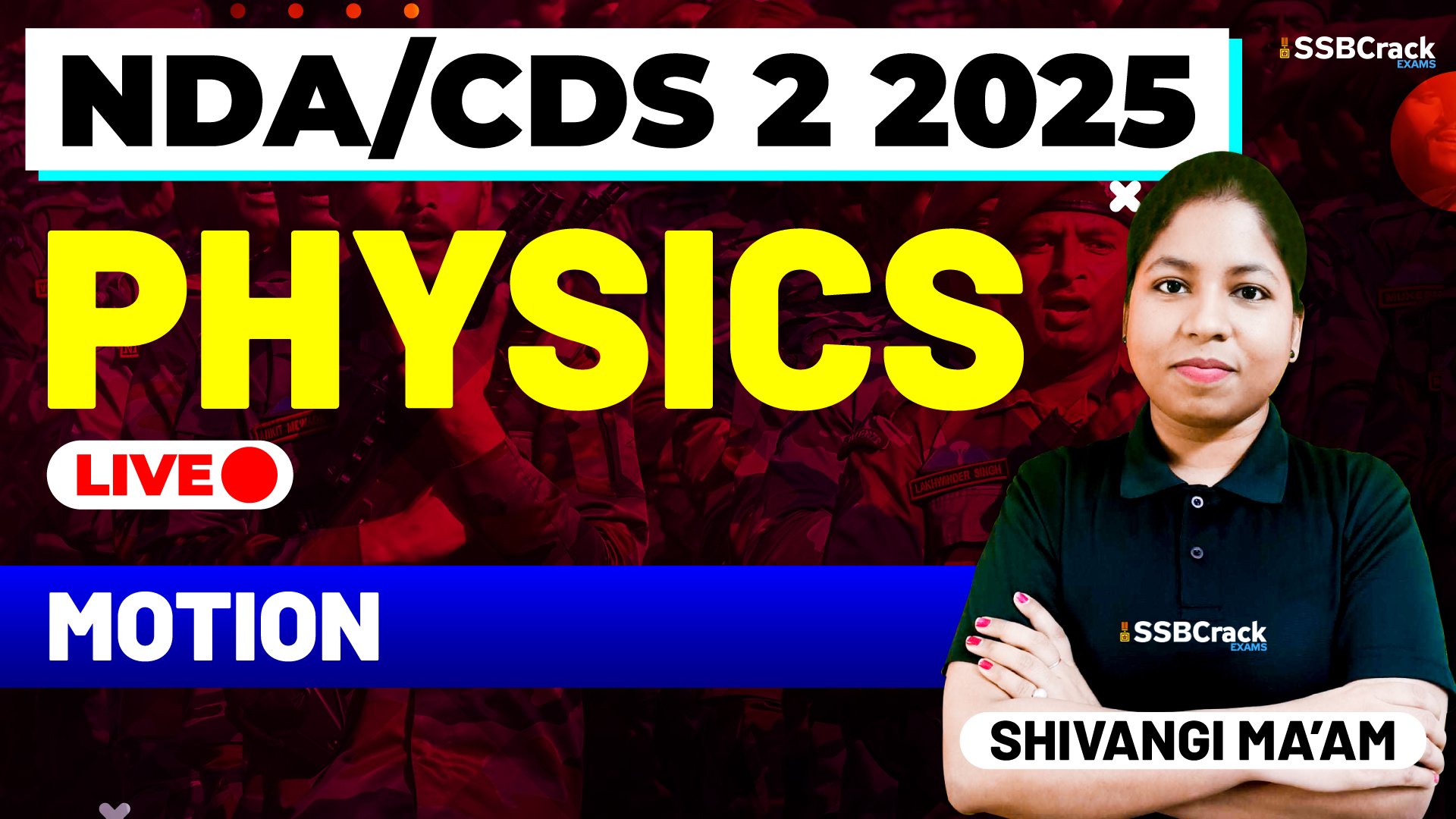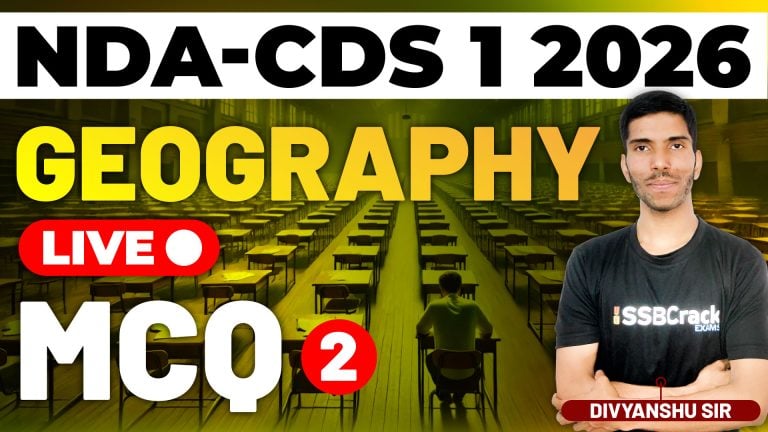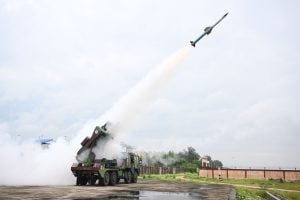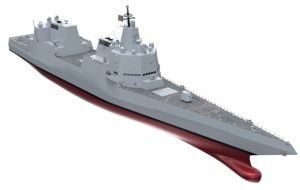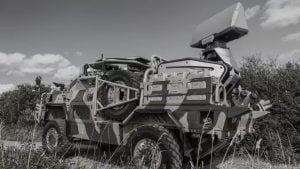Introduction
In the realm of physics, motion forms the backbone of countless phenomena, from the swing of a pendulum to the orbit of planets. As part of the NDA and CDS 2025 preparation, today’s class was dedicated to the foundational chapter of Motion, a topic that not only has academic importance but also deep relevance in the functioning of the physical world around us. Grasping the principles of motion is vital for aspirants aiming for the armed forces, where real-time decision-making often relies on understanding speed, trajectory, and displacement.
The Importance of Motion
Motion is the change in position of an object with respect to time. It forms the basis of kinematics and dynamics, two key branches of classical mechanics. From navigating aircraft to understanding ballistics and projectile paths, motion plays a central role in both theory and application. In the armed forces, for instance, accurate knowledge of motion can aid in predicting the path of a moving object or optimizing timing in tactical operations.
Types of Motion
We explored various types of motion:
- Translational Motion – when an object moves in a straight line (rectilinear) or along a curved path (curvilinear).
- Rotational Motion – when an object spins about an axis.
- Periodic Motion – motion repeated at regular time intervals, such as a pendulum.
- Circular Motion – movement in a circular path, which we later explored in-depth.
Each type is unique and governed by specific physical laws and equations, all of which help simplify and predict the behavior of moving bodies.
Key Terminologies Covered
Understanding motion begins with knowing its associated terms:
- Distance: The total path length traveled, irrespective of direction.
- Displacement: The shortest straight-line distance from the initial to the final position, considering direction.
- Speed: The rate of change of distance with time (scalar quantity).
- Velocity: The rate of change of displacement with time (vector quantity).
These fundamental terms are often confused but are critical for solving numerical problems and understanding physical behavior accurately.
Equations of Motion
We discussed the three kinematic equations which describe the relationship between displacement, velocity, acceleration, and time for uniformly accelerated motion:
- v=u+atv = u + atv=u+at
- s=ut+12at2s = ut + \frac{1}{2}at^2s=ut+21at2
- v2=u2+2asv^2 = u^2 + 2asv2=u2+2as
These equations help calculate unknown variables when at least three quantities are known. Mastery of these is essential for success in competitive exams like NDA and CDS.
Projectile Motion
A projectile is any object thrown into the air, influenced only by gravity and initial velocity. We analyzed the parabolic trajectory of projectiles and derived important results:
- Time of flight
- Maximum height
- Horizontal range
Understanding projectile motion is crucial for military applications such as artillery trajectory, missile launch calculations, and aviation maneuvers.
Uniform Circular Motion
Finally, we delved into uniform circular motion – where an object moves along a circular path with constant speed but changing direction, hence constant acceleration (centripetal). Concepts such as angular velocity, centripetal force, and tangential acceleration were touched upon to lay the groundwork for further chapters.
Conclusion
Today’s session on Motion has provided a strong foundation for deeper physics concepts ahead. By understanding the nature and types of motion, along with associated terms and equations, students are now better equipped to tackle complex problems in kinematics and dynamics. For NDA and CDS aspirants, these fundamentals not only help in the written exam but also in real-life applications related to navigation, strategy, and technology in the defence sector. Stay curious and consistent — because physics, like motion, is always in action!
